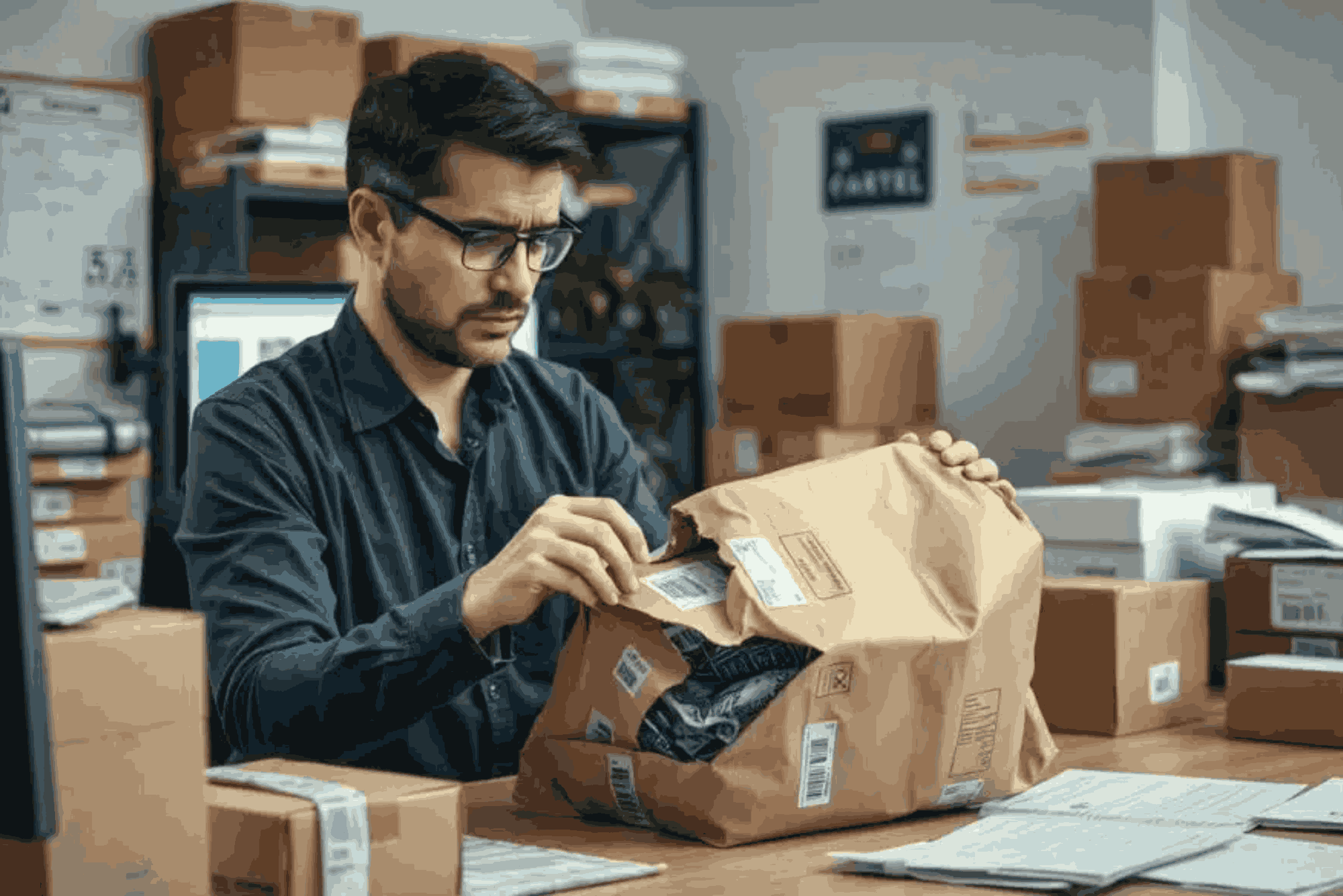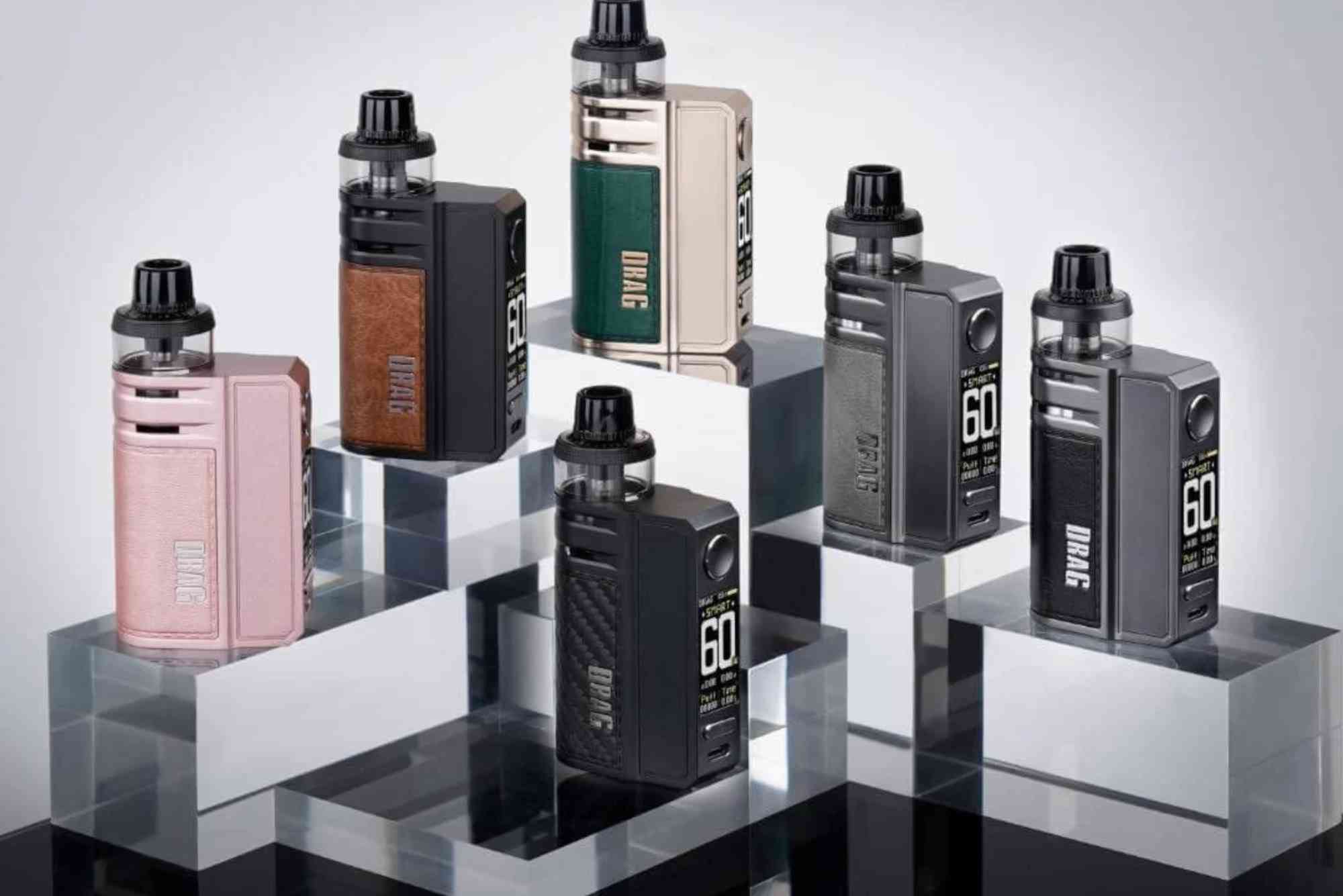Shipping damage can be a nightmare for both small businesses and large exporters. In Pakistan—especially in growing e-commerce hubs like Multan, Bahawalpur, and Sahiwal—damage during delivery not only causes financial loss but erodes customer trust. For textile brands, particularly in hosiery, this risk is amplified due to delicate material and folding requirements.
This guide explores how improved packaging techniques, materials, and local tech innovations can drastically reduce shipping damage, increase consumer satisfaction, and strengthen brand reputation—particularly in regions supported by STZA and Ignite.
Why Does Shipping Damage Occur?
Shipping damage is usually due to weak packaging, poor cushioning, moisture exposure, or improper sealing.
Common Causes:
-
Thin or tear-prone packaging
-
Lack of internal cushioning
-
Exposure to moisture or dust
-
Overpacking or under-packing
-
Poor-quality adhesives or seals
In a survey conducted by an STZA-incubated textile startup in Rahim Yar Khan, 27% of hosiery returns were attributed to visible damage caused by inadequate packaging.
How Hosiery Packaging Can Minimize Damage
Strong, layered, and sealed hosiery packaging shields delicate items from moisture, shock, and tampering during transit.
Effective Techniques:
-
Use reinforced kraft sleeves with PE lining
-
Add tissue wrapping or sock boards inside the pouch
-
Include silica gel or anti-moisture inserts
-
Use zip-lock or adhesive flap bags for closure security
-
Clearly label items with “Fragile” or “Do Not Fold”
Many small hosiery brands in Bahawalpur now wrap each sock pair in individual biodegradable sleeves before outer box packaging, reducing friction and creasing.
What Materials Work Best for Shipping Hosiery?
Padded mailers, laminated kraft paper, and biodegradable zip-lock bags offer ideal protection for hosiery items.
Recommended Materials:
-
Bubble mailers with outer poly layers
-
Double-wall kraft cartons for bulk orders
-
PLA film pouches for moisture resistance
-
Cornstarch-based bags with resealable zips
In Layyah, a youth-led venture supported by Ignite used double-layer cornstarch packaging with a soft inner lining, reducing complaints by 42% in one quarter.
Common Hosiery Items at Risk During Transit
Socks, tights, leggings, and compression wear are vulnerable to tearing, moisture, and wrinkling if not packaged well.
At-Risk Hosiery Categories:
-
Baby socks: prone to moisture damage
-
Nylon tights: easily snagged or stretched
-
Compression wear: requires folded, structured packaging
-
Woolen socks: need breathable yet moisture-proof materials
For each type, a combination of barrier protection, structural support, and sealing method ensures safer shipping.
How Packaging Design Affects Shipping Resilience
Structural packaging designs—like multi-layered sleeves and gusseted pouches—absorb shock and reduce folding damage.
Design Features That Help:
-
Gusseted sides for space and flexibility
-
Inserts (sock boards) to retain shape
-
V-cuts or rounded flaps to prevent tearing
-
Easy-tear seals that don’t rupture in transit
Ignite’s Packaging Lab in Multan helped 10+ hosiery startups transition to V-cut laminated designs, improving delivery consistency by 35%.
Midpoint Backlink Placement:
Businesses can reduce transit-related losses by investing in premium hosiery packaging that balances strength, structure, and sustainability.
Case Study: Bahawalpur-Based Exporter Reduces Returns
By switching to custom kraft mailers and laminated zip-lock pouches, a hosiery exporter reduced return rates by 30%.
Before:
-
Used basic polyethylene bags
-
No internal cushioning or label sealing
-
15–20% return rate from UAE and UK markets
After Ignite Grant Support:
-
Shifted to double-wall kraft sleeves
-
Added sock boards and sealed labels
-
Provided QR-based authenticity tags
-
Returns dropped to under 5%
This exporter now shares packaging best practices with other South Punjab-based MSMEs under the STZA affiliate circle.
Government-Backed Support for Packaging Innovation
STZA and Ignite fund startups and MSMEs to adopt export-grade packaging techniques through training and pilot grants.
Available Support:
-
STZA Tech Zones (Multan, Bahawalpur): Offer packaging R&D, lab testing
-
Ignite Prototype Funding: Supports early-stage packaging innovation
-
PSDF Design Bootcamps: Hands-on training for youth
-
NIC Accelerators: Help integrate packaging into e-commerce strategies
Quote (Hypothetical):
“Smart packaging is now a survival strategy for textile exporters. We fund designs that protect products and promote brand stories.”
— CEO, Ignite National Technology Fund
Tips for Building Cost-Effective, Damage-Proof Hosiery Packaging
Combine smart material choices with minimal yet strong design—ideal for startups and local boutiques.
Actionable Tips:
-
Test 3–4 prototypes before bulk ordering
-
Use local vendors for kraft and zip-lock sourcing
-
Add moisture-proof inserts for seasonal products
-
Train staff on efficient folding and sealing
-
Secure with tamper-evident labels to avoid theft-related claims
Brands in Sahiwal using this hybrid approach reported a 25% improvement in delivery condition ratings on marketplaces.
How to Train Your Staff for Better Hosiery Packaging
Even high-quality packaging fails without proper packing practices—invest in short training workshops.
Key Training Topics:
-
Fold and place hosiery without wrinkles
-
Proper heat-sealing or adhesive flap usage
-
Batch labeling and QR code placement
-
Handling return packages with care
-
Visual inspection for open seals
PSDF’s packaging micro-courses in Khanewal help young workers—especially women—gain packaging skills, boosting job access and product quality.
FAQs
1. What is the best packaging for shipping socks and tights?
Laminated zip-lock pouches or padded kraft sleeves are ideal for protecting against moisture and creasing.
2. Can hosiery be shipped in eco-friendly packaging without damage?
Yes—biodegradable kraft pouches with anti-moisture lining and structured folding offer both sustainability and safety.
3. What support does STZA provide for small brands?
STZA tech zones offer labs, mentoring, and R&D help to test and produce packaging suited for international shipping.
4. How do I prevent moisture damage during monsoon season?
Use desiccant packs, zip-lock barriers, and moisture-sealed pouches inside a kraft mailer.
5. Are custom packaging options expensive?
Custom doesn’t have to mean costly—platforms like BuddyPackaging offer affordable batch production with damage-proof designs.
6. What if my courier mishandles the package?
Use tamper-proof seals, anti-slip inserts, and clear labeling (“Do Not Fold”) to minimize risk and aid claims.
7. How can students in South Punjab enter this field?
Through Ignite and PSDF-funded short courses in cities like Rahim Yar Khan and Lodhran, youth can become skilled packaging technicians or designers.
Final Thought
As someone who’s mentored startups in Bahawalpur’s garment sector and seen firsthand the frustration of damaged deliveries, I believe packaging is no longer a backend task—it’s frontline protection. Especially in South Punjab, where access to global markets is growing, shipping safety can make or break customer trust.
With government programs like STZA and Ignite, there’s never been a better time for local hosiery brands to elevate their packaging game. Whether it’s through biodegradable options, zip-lock pouches, or QR-coded seals, the right packaging solution reduces cost, returns, and regret. Protect your product. Impress your buyer. Start at the sleeve.




